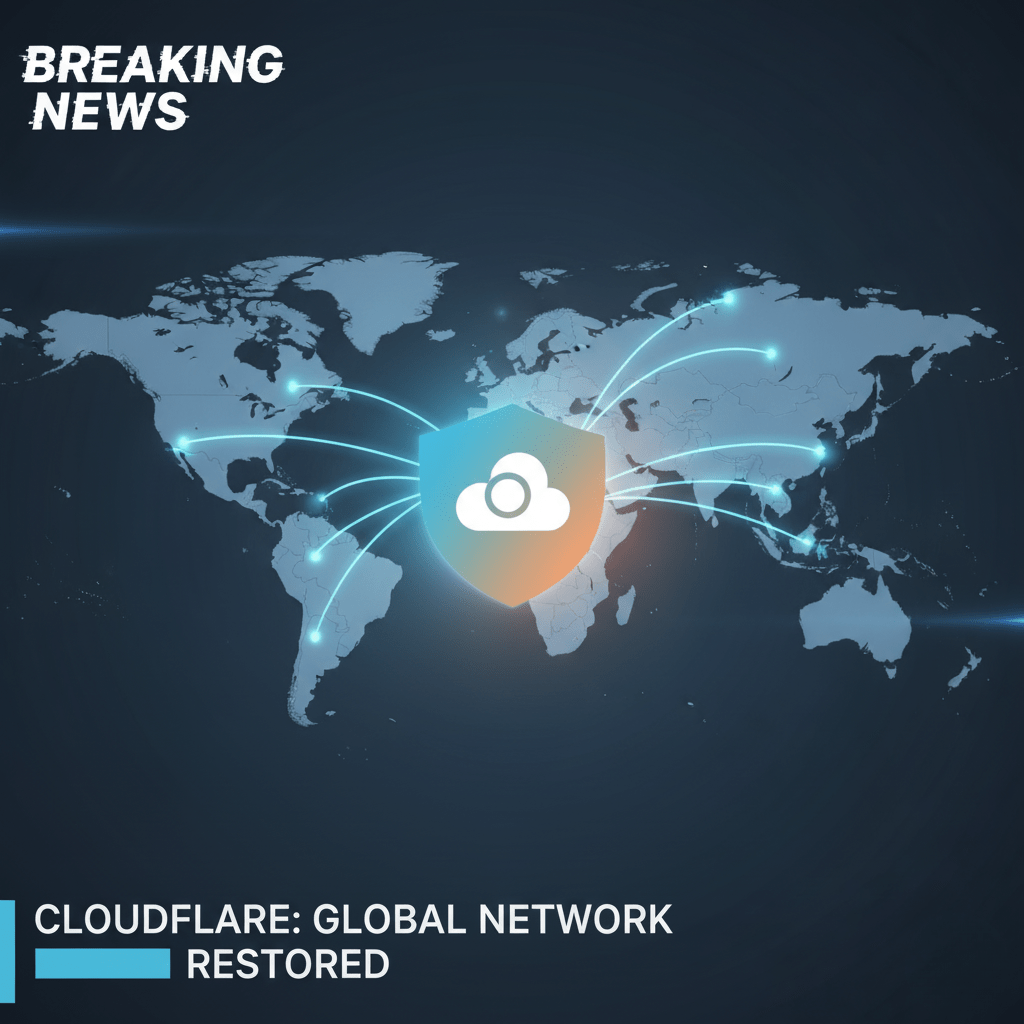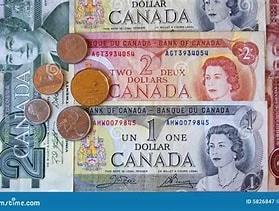
Khyber Pakhtunkhwa Bonds: Financial Strategy Unveiled
The Khyber Pakhtunkhwa (KP) government has announced a pioneering initiative to boost financial resources by issuing bonds through the stock exchange. This innovative strategy, introduced under the guidance of KP Finance Advisor Muzammil Aslam, aims to reduce reliance on external loans and donor agencies for developmental projects. The decision to issue education bonds highlights the…
















